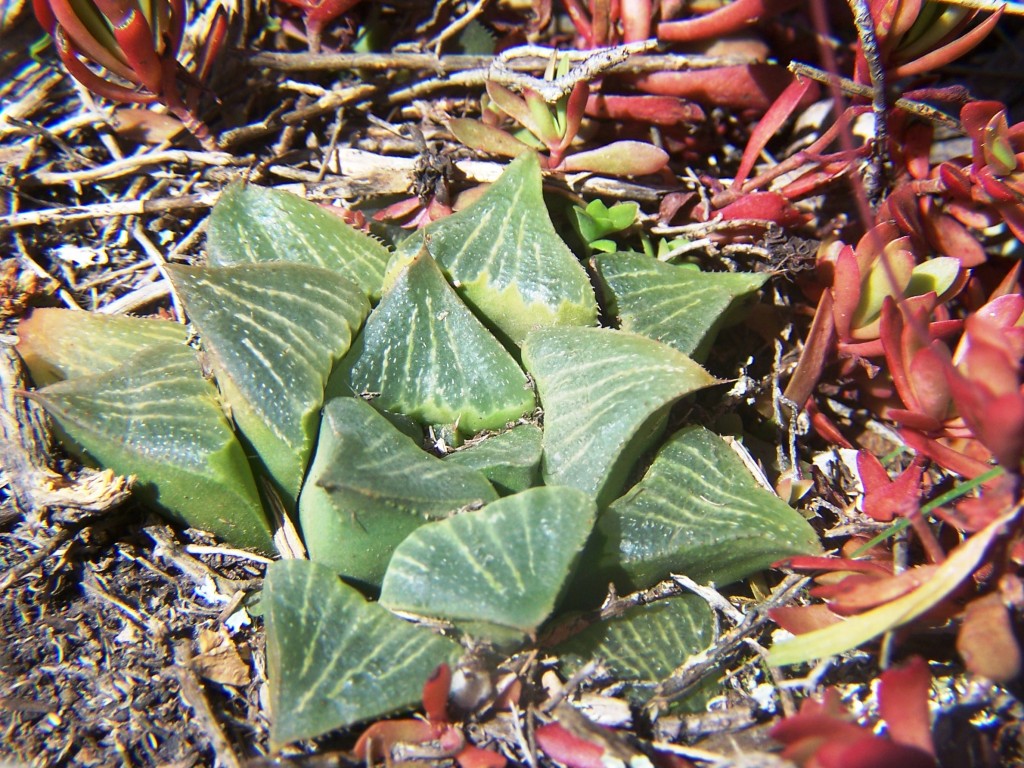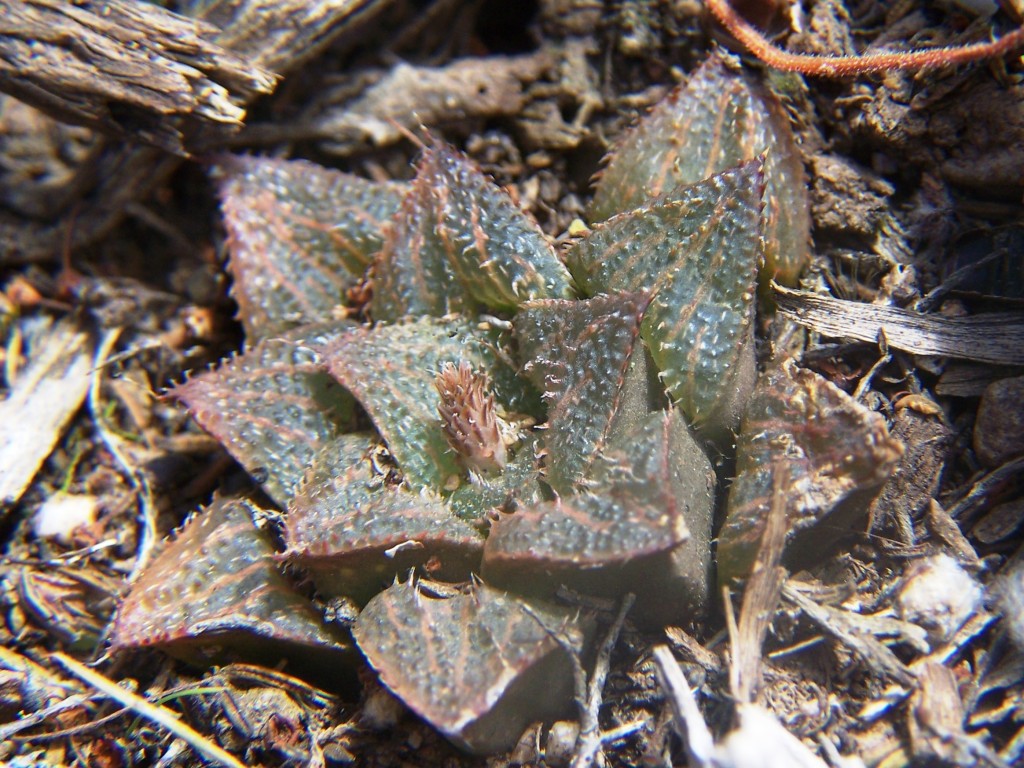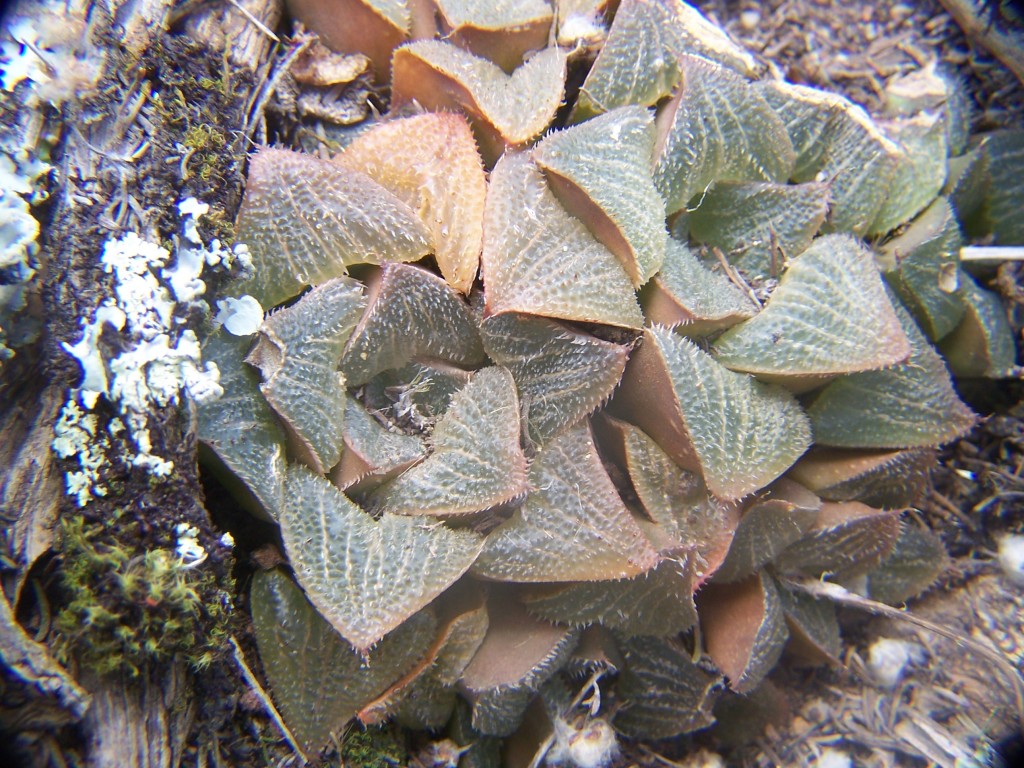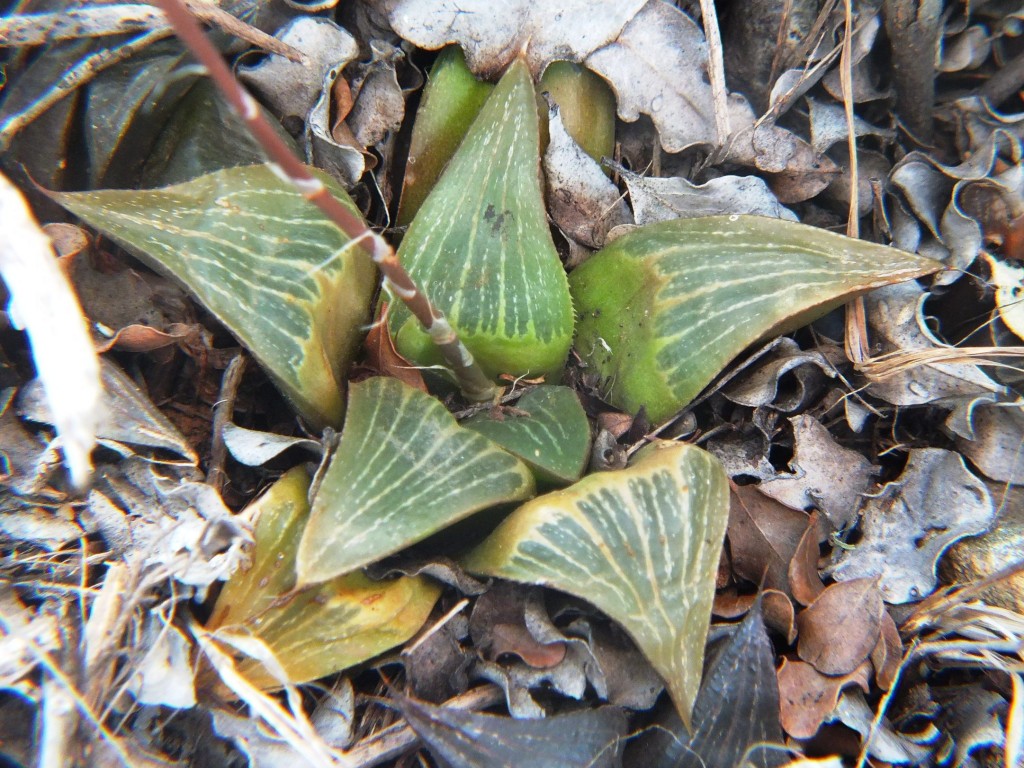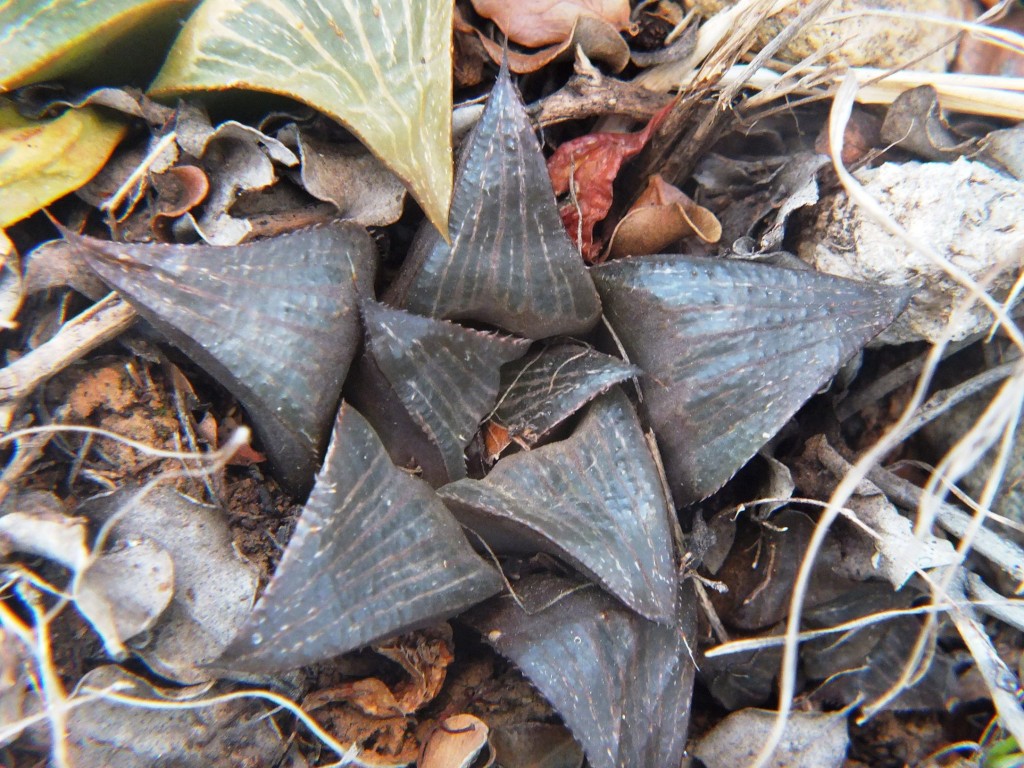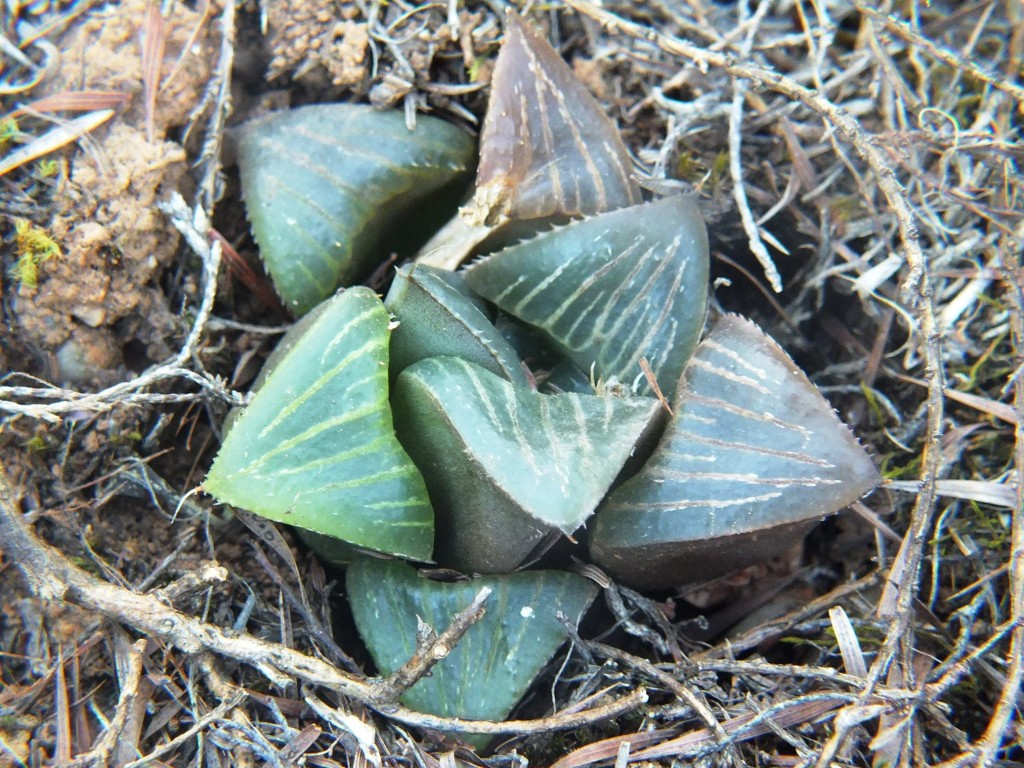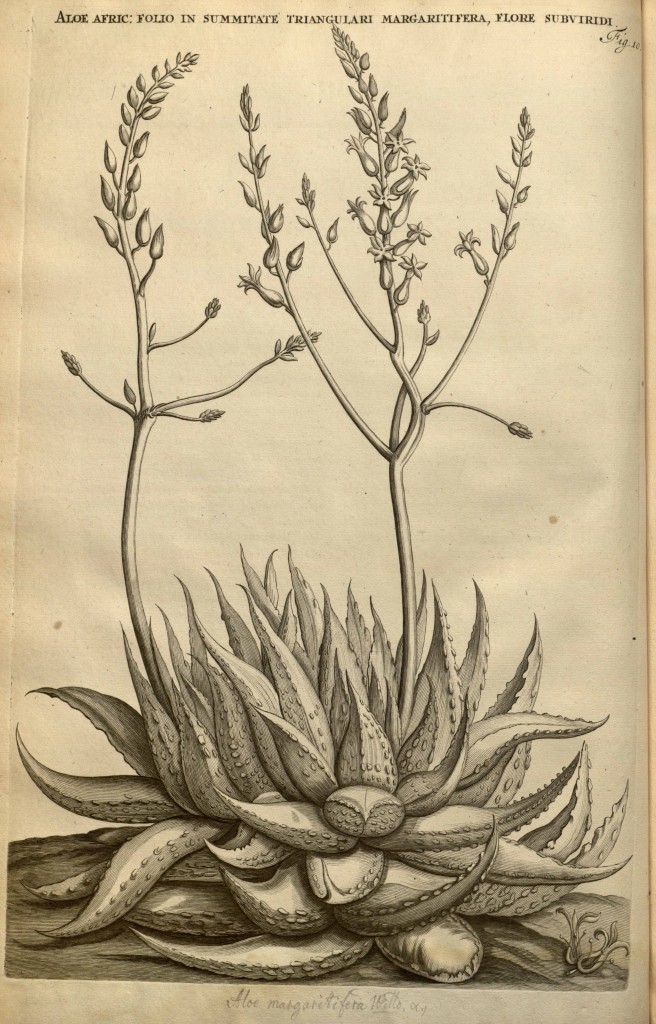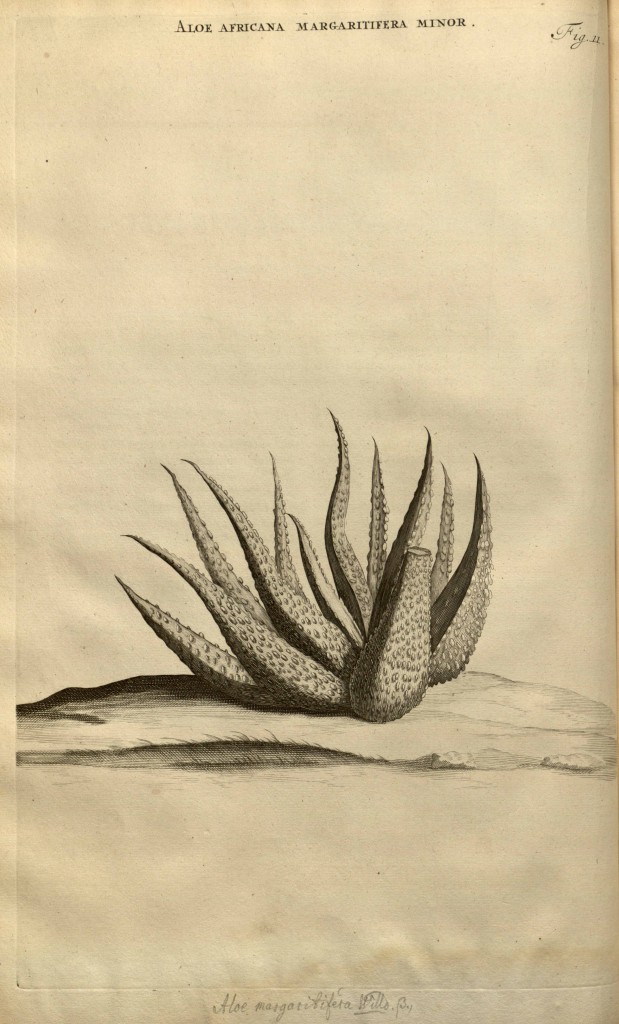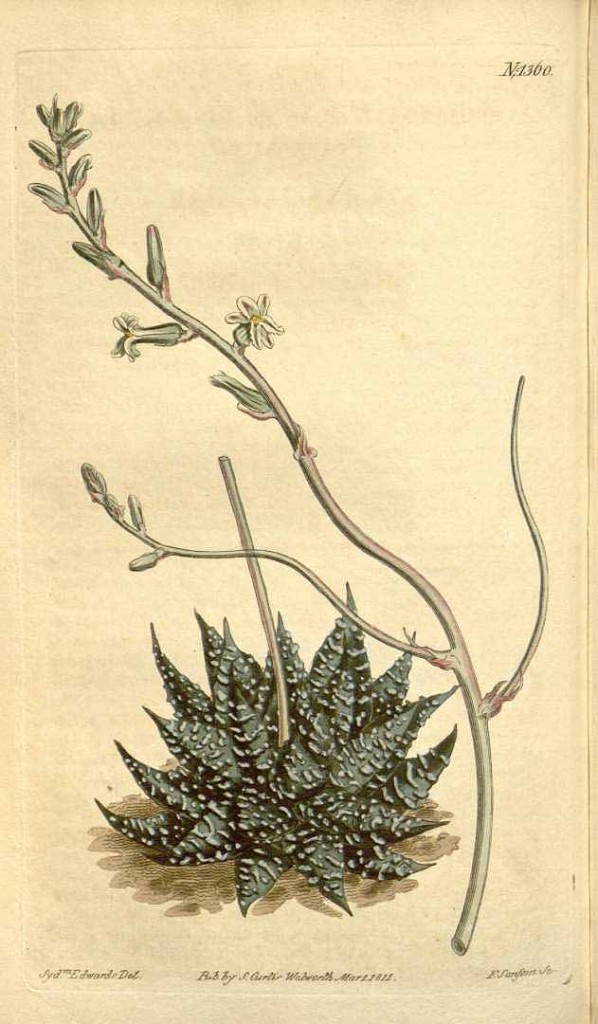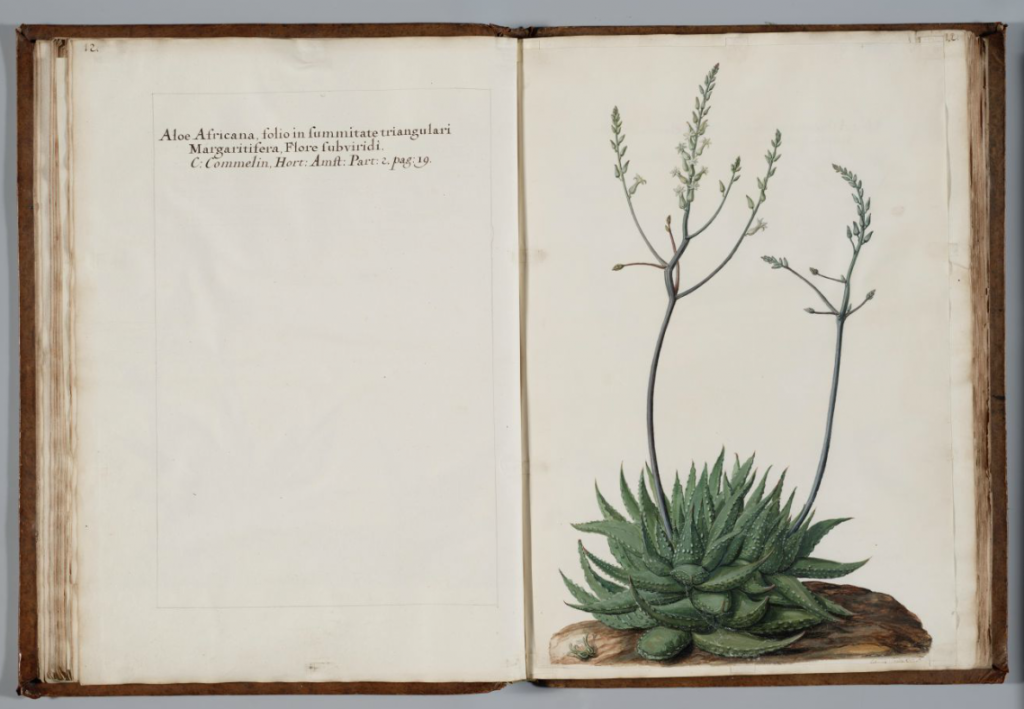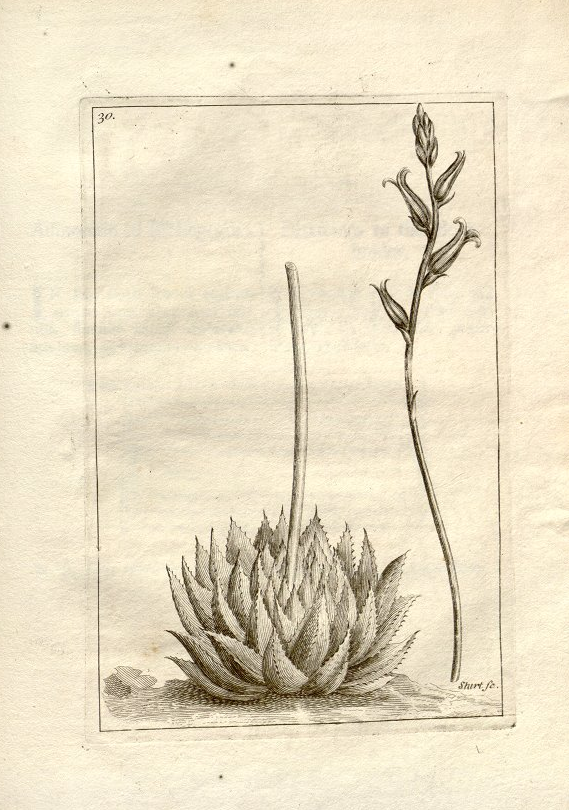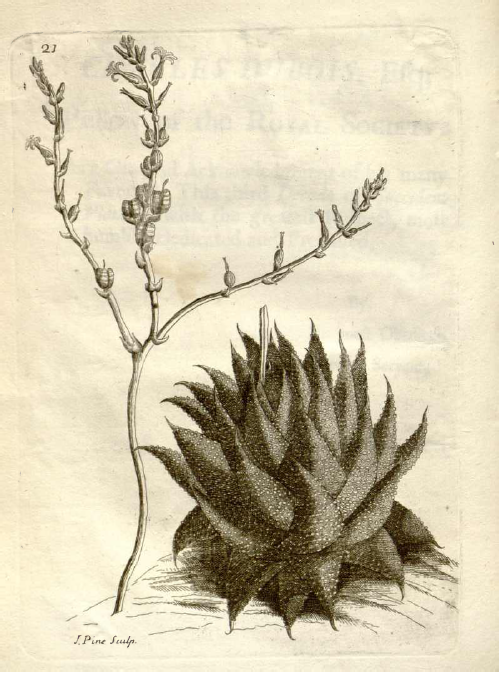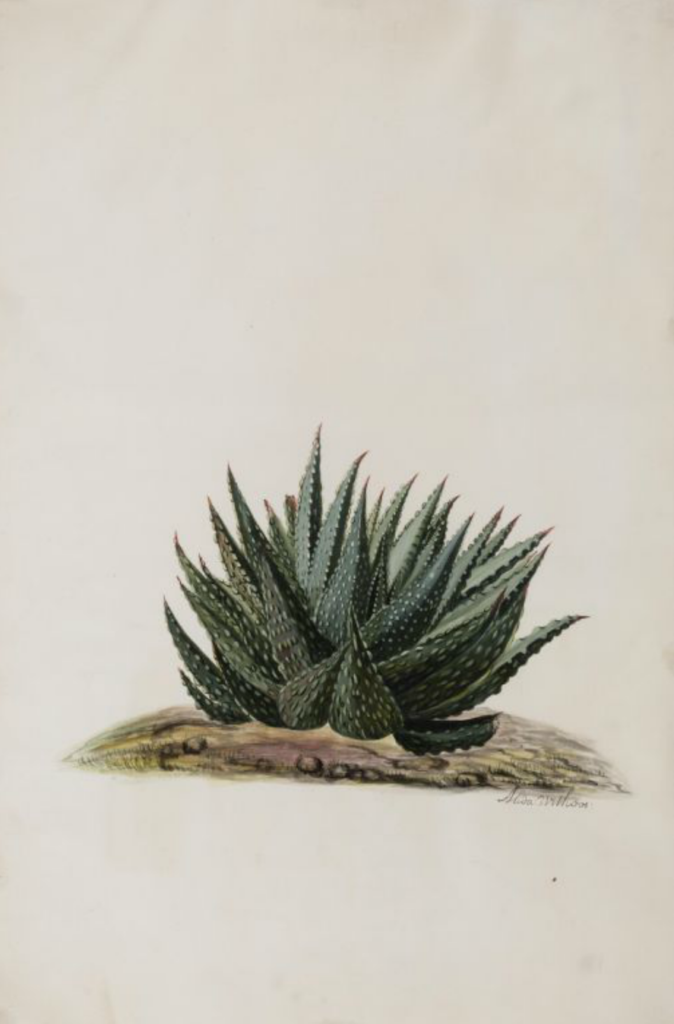Previously published in BCSJl (Cactus World) 30.4:211(2012)
M B Bayer
Taxonomy always provokes differing views, and Haworthia in particular has been subject to years of vacillation. The author has long been a campaigner against the haphazard proliferation of new names for every new, morphologically different population or variant. He questions the vagueness of a conventional species concept and pleads for a more reason-based, logical and sensible, communal approach to understanding and classifying Haworthia species. He hopes in this article to convey a message which is relevant to whatever genera of plants you grow. Photography by the author.
In Haworthia, professional botanists have struggled with and avoided the group because it is so infused with amateurs whose interest in the genus far outweighs any knowledge of botany. So classification of Haworthia has muddled on with scant regard for the discipline of botany as a science. Whether that has changed, is not for me to say. I have personally been gathering information on distribution and variation for over 50 years and have very seriously tried to keep that in the context of the science I was trained in and present it in a manner that botanists can follow and hopefully accept.
What has developed is that academic and professional botanists have been working with the tools of molecular biology and the results of five independent studies have all pointed towards the same conclusion, which is that the species of Haworthia are elusive, and the related genera are also not adequately distinguishable in the DNA data. The best solution they can offer is to merge the genera back into a single genus, namely Aloe. My personal reaction is that this is not a new idea and also Gordon Rowley pointed this out as far back as the 1970’s. I have also said that the subgenus Haworthia does not sit comfortably with the other two subgenera. Had I been a true taxonomist I would have implemented that by separating Haworthia into three separate genera and that is what I really would like to see. But the reality is that this does not solve the other problems that exist regarding Astroloba, Chortolirion, Poellnitzia, Chamaealoe, Leptaloe, Lomatophyllum, and the small Madagascan aloes. True botany alone can resolve the current and a new classification (still in manuscript form) has been proposed by a group of scientists that will really ‘rock the boat’ as far as collectors are concerned.
In Haworthiad (2012:4), I wrote about Haworthia mirabilis ‘submagnifica’. (Ed. note: The name in inverted commas, according to the author’s system indicates a variant name rather than a formal conventional variety, subspecies or form. It is his contention that there is no species definition and thus formal names have a large element of uncertainty. Another option is to drop the use of any rank denotion at all). It is one of the first populations linked to von Poellnitz’ H. magnifica long before so much was learned about distribution and variation. I used the prefix “sub” because this means “somewhat”, “almost”, “slightly”, “partially”, and possibly a few other words that mean… it is, but it is not. The population concerned is Komserante (Figs 1-2) and this particular population has acquired the name H. vernalis (Figs. 3-4). But I think we need to start from scratch and drop all the ‘baggage’ of the years. I personally have learned so much since I wrote my revision in 1996 that I know it is not possible to properly backtrack and retrace the passage forward by the use of Latin names. Interfertility is the basis of the system we use to identify and describe species and my field experience was already proving that this cannot possibly apply in the way in which Haworthia has been, or is to be, classified.
It is quite evident that H. retusa and H. mirabilis, both of which I accept in a very much broader context, do hybridise and there are populations that fit between. But first let me just explain that I regard H. retusa now to include H. turgida and all the variants of that species (nomenclatural priority obviated the use of the name turgida to cover the greater body of populations for this species). In the same way I regard H. maraisii, H. magnifica, and H. heidelbergensis and whatever variants were attached to those, as H. mirabilis. There are thus two species. My further observation is that H. pygmaea and H. mutica are segregates from the common gene pool of H. retusa and H. mirabilis. The Komserante population is the one in which that same gene pool is re-combining (Figs. 5-10). I am not in the least sure of all the intricacies but it seems to me that it is actually the group of populations that I recognize as H. retusa var. nigra that is pivotal in the relationship of all these species that I recognize. In this we discuss populations using names as prescribed by convention. This convention caters for chronology and authorship and not for evolutionary pathways. Both the names “retusa” and “turgida” precede the name “nigra”, but the populations that I now assign to H. retusa ‘nigra’ may better fit the concept of evolutionary origin.
The picture is complicated by the role of H. floribunda. This also hybridizes with both H. mirabilis and H. retusa as odd hybrids as well as at a population level. Just what are we to do? History has demonstrated all too well that a bevy of ill-assorted interested parties trying to impose a botanical classification is going to produce nothing but conflict and confusion. This has been going on now since the time that Smith, Von Poellnitz and Resende were simultaneously describing new species. How are we going to turn around and arrive at the understanding and stability of names that we seek?
In the past I have been extremely reluctant to make the following suggestion, and even now am a bit hesitant. What we need to do is turn to people who are employed to do this work. Herbaria and herbarium botanists are tasked and entrusted to classify and name plants. Perhaps it testifies to the complexity of the subject, or just its enormity, that these botanists have too often needed to defer to amateurs who have the interest, energy and enthusiasm and commitment to acquire field knowledge that a professional could never get the time or funds to do. The unfortunate part is that sometimes amateurs may not be able to relate their knowledge adequately to academic botany.
So what is the solution? It is that the community leaders assume the responsibility for the establishment of a system of classification that is meaningful to the community they serve. (By community, I mean initially the botanists who should be providing us with scientifically sound classifications, then editors who are familiar with what botanists do, next are the Societies with their memberships, and also opinion formers in those groups. Finally included are the reviewers and commentators who lead opinion in one direction or another). It is surely not that difficult to sit down together to discuss and arrive at a set of guidelines by which a decision can be reached as to what (not whose) system to accept. A solution does not belong to anyone. Latin names are assumed to refer to an entity called a “species”. Botany has indeed been very lax and remiss in not providing a definition and this is the prime reason why amateurs have had so much freedom in generating Latin names for the most frivolous reasons. Botanists themselves have often not been far behind.
I think it is time to change all this and must excuse myself from any decision making body or process because I have a vested interest in respect of all the words I have written on the subject.
M B Bayer
PO Box 960
Kuilsriver 7579
South Africa
Email: bbayer227@gmail.com
Literature cited:
Bayer, M B(1999) Haworthia revisited. Umdaus Press, Hatfield.
-(2012) Plants in my collection 7: H. mirabilis ‘magnifica’. Haworthiad 26(1): 4-5


